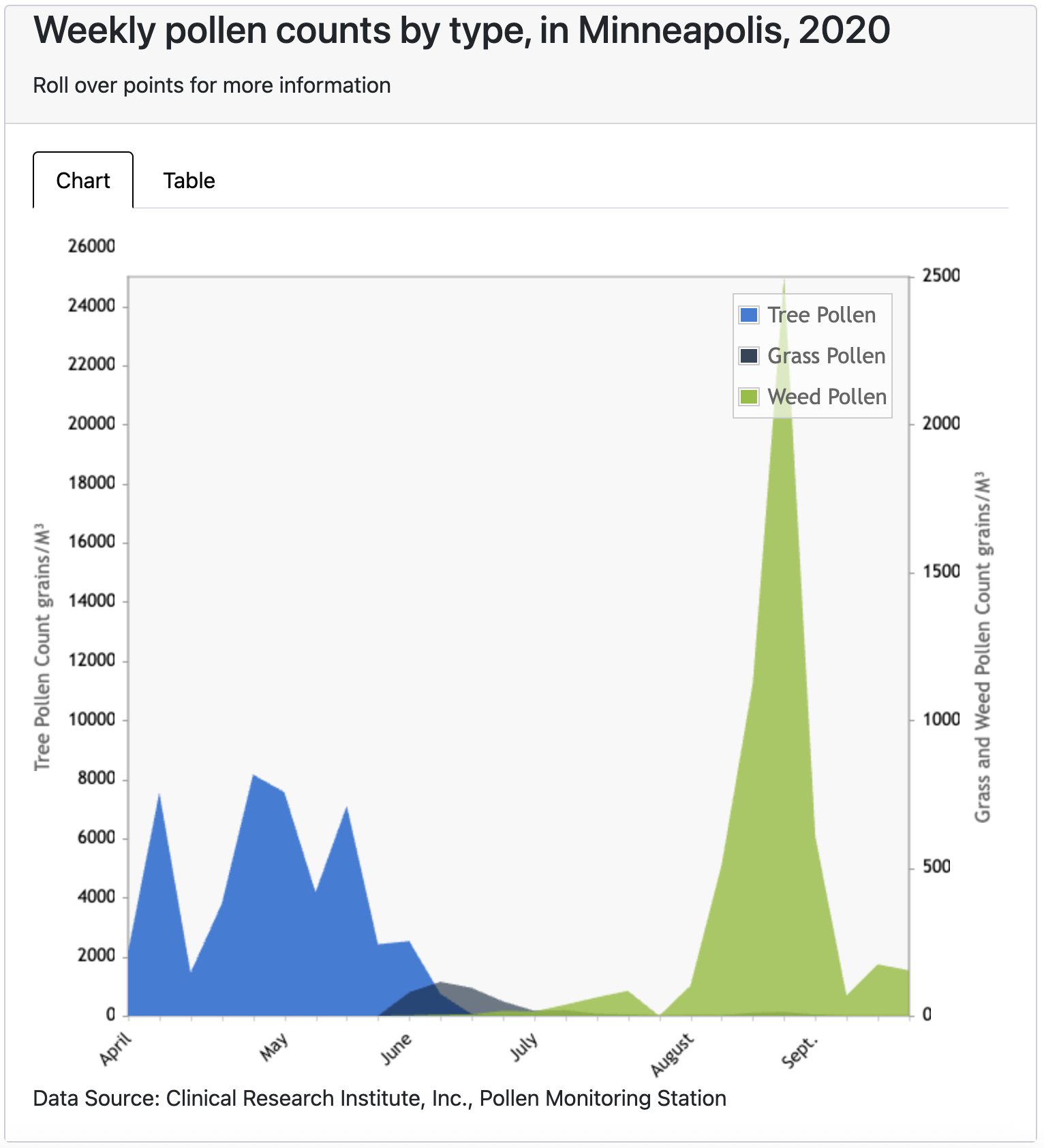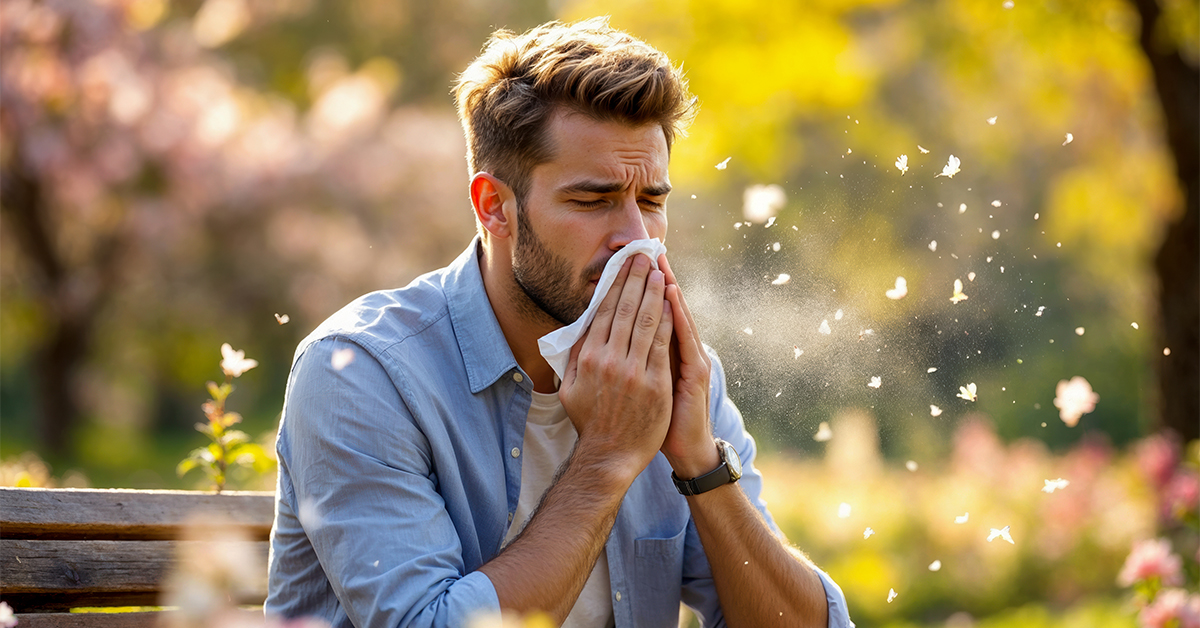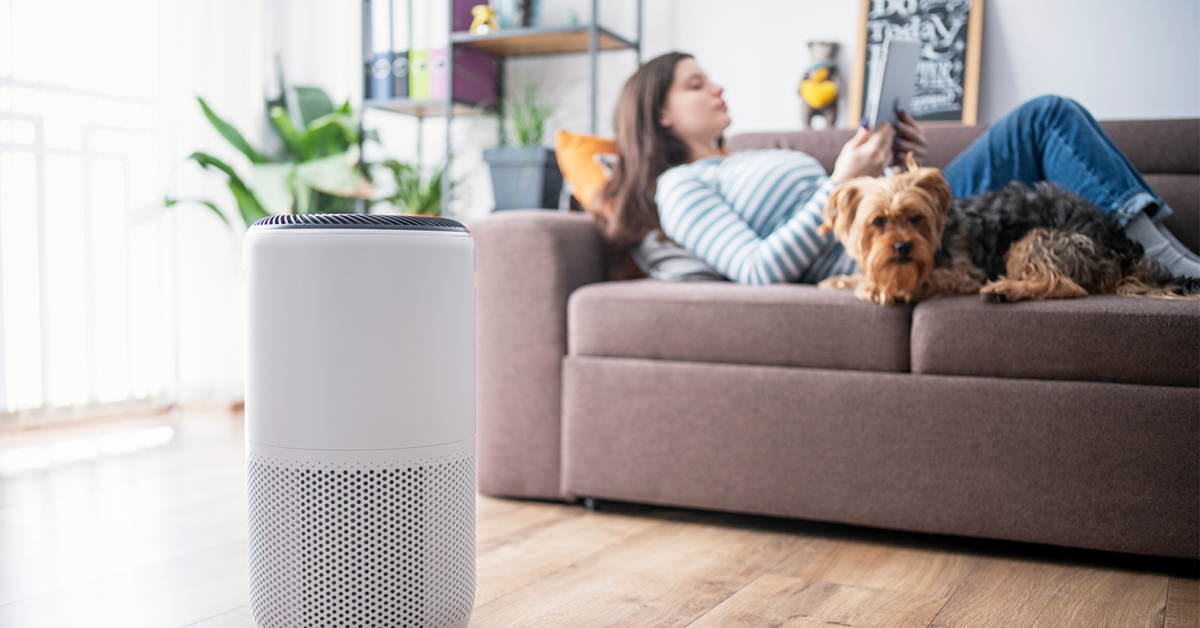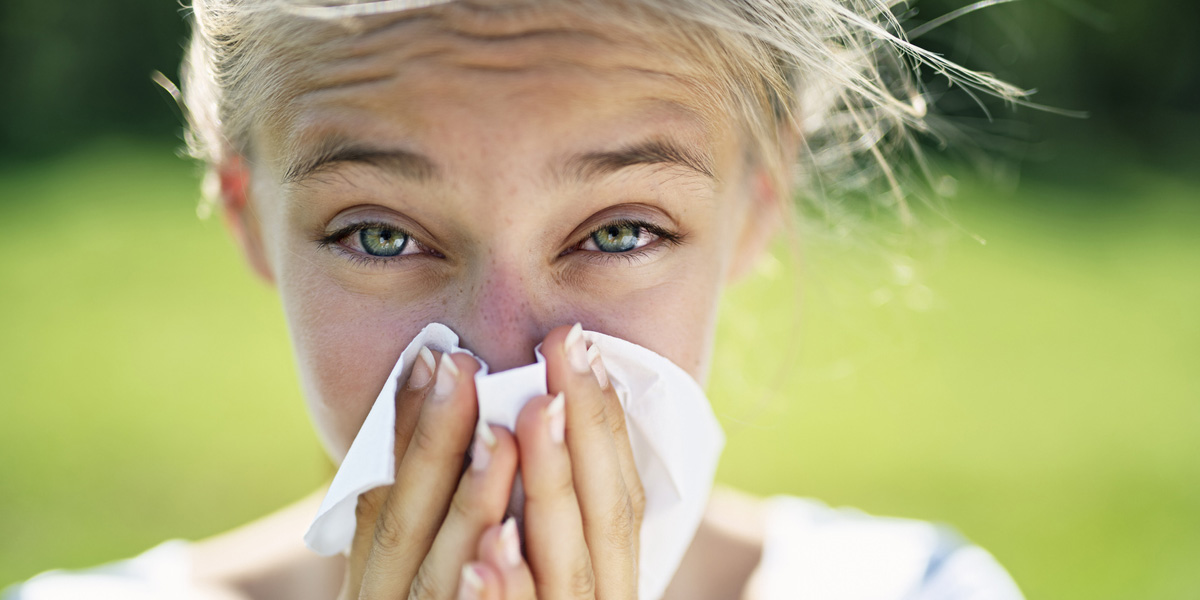While the return of vibrant greens and sunny days in the Land of 10,000 Lakes is something we eagerly anticipate, for some, it also marks the start of itchy eyes and runny noses—the hallmarks of seasonal allergies, also known as hay fever or allergic rhinitis. If warmer weather brings more sniffles than smiles, join the club!
So, what exactly are seasonal allergies? Simply put, they occur when your body’s immune system overreacts to tiny, typically harmless airborne substances, primarily plant pollen. Think of it as a case of mistaken identity. When these microscopic particles enter your system, your immune system, which usually fights off harmful invaders like germs, mistakenly identifies them as a threat. This triggers the release of chemicals like histamine, leading to those oh-so-annoying allergy symptoms.
Seasonal allergies are incredibly common. The Centers for Disease Control and Prevention (CDC) says that 1 in 4 adults and 1 in five children experience seasonal allergies each year. Some estimates suggest that over 100 million Americans are affected annually.
What’s to blame for seasonal allergies?
The specific culprits behind seasonal allergies shift with the seasons in Minnesota:
- Spring (April–May)
Pollen from trees such as oak, maple, and birch is the primary offender during these months, blanketing everything with its fine, yellow powder.
- Summer (June–July)
As the trees calm down, pollen from various types of grasses takes center stage, typically peaking in the heart of summer.
- Late Summer–Fall (August–October)
Ragweed pollen becomes a significant trigger as summer wanes, often extending the allergy season into September and even October for some.

The chart above reflects the most recent data available from the Minnesota Department of Health. Click to view additional details on the MDH website.
Could my symptoms be seasonal allergies?
Are you noticing the impact of invisible particles like pollen drifting through the air? Here are some common signs that seasonal allergies may be to blame:
- Frequent sneezing, often in quick bursts
- Runny nose with thin, watery mucus or nasal congestion from inflammation
- Itchy nose, eyes, and throat, causing persistent discomfort
- Watery, irritated eyes that may feel gritty or have a burning sensation
- Fatigue, headaches, and for those with asthma, worsening symptoms
If these sound familiar, you might be dealing with seasonal allergies—not just a lingering cold.
“Seasonal allergies can really interfere with daily life. They might seem minor, but the fatigue and congestion can impact your sleep, work, and overall well-being. The good news is that relief is possible with the right strategies.”
Joseph Lind, MD
Welia Health Family Medicine Physician
What can I do to manage seasonal allergies?
Don’t let seasonal allergies prevent you from enjoying Minnesota’s most beautiful seasons. Here are some strategies to help you breathe easier:
Avoidance strategies
- Track pollen levels: Stay informed about the local pollen counts. Weather websites like Weather.com and allergy apps like Allergy Plus provide daily pollen forecasts for our area. Knowing the forecast helps you prepare for high pollen days.
- Keep windows and doors shut: Especially during peak pollen times, which are often mid-morning and early evening. Use air conditioning with a clean filter to circulate and filter indoor air.
- Time outdoor activities wisely: If possible, plan outdoor activities for later in the day or after it has rained, as rain can temporarily clear pollen from the air. Pollen counts are often highest in the early morning as well.
- Be careful when gardening or doing yard work: Wear a mask to avoid breathing in pollen.
- Wash your clothes and shower often: Pollen can easily cling to your clothes, hair, and skin. Changing clothes when you come indoors and showering before bed can help minimize your exposure.
- Use a HEPA air purifier: High-Efficiency Particulate Air (HEPA) filters are designed to remove tiny airborne particles, including allergens, from the air inside your home.
Over-the-counter relief
- Antihistamines: These medications block the histamine response, providing relief from itching, sneezing, and runny noses.
- Decongestants: These can help to clear up a stuffy nose.
- Nasal steroid sprays: When used regularly, these sprays can reduce inflammation in your nasal passages and are often very effective for persistent symptoms. Ask your pharmacist what the best options are for you.
Home remedies
- Rinse your sinuses regularly: Using a neti pot with a saline solution can help flush out pollen, dust, and other irritants from your nasal passages, providing noticeable relief. It’s a safe, drug-free way to ease allergy symptoms and support clearer breathing.
Professional help
- Consider Allergy Testing: If your symptoms are severe or persistent, talk to your Welia Health provider about allergy testing (skin prick tests or blood tests) to identify your specific triggers.
Don’t let seasonal allergies steal the joy of Minnesota’s most beautiful time of year. Take control of your symptoms—schedule an appointment with Welia Health today and start breathing easier.Call Welia Health at 320.679.1212. Request an appointment online, or log onto MyChart today!




